Pilatus - the world's steepest railway
Running from the foot to the mountain peak at 2,072m, Pilatus in Switzerland is the planet's steepest railroad - 48%, running on a 120-year-old railway.
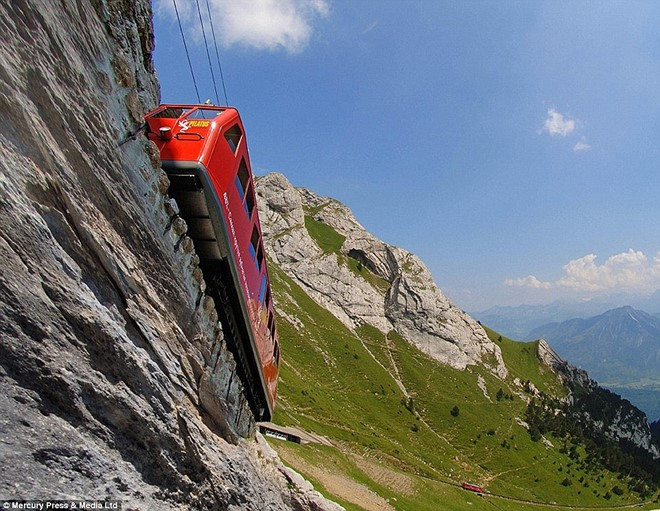
The Pilatus railway is longer than 4.6km, connecting the Alpnachstad station in Lake Lucerne with a station on Mount Pilatus at an altitude of 2,072m.(Photo: Mercury Press and Media Ltd).
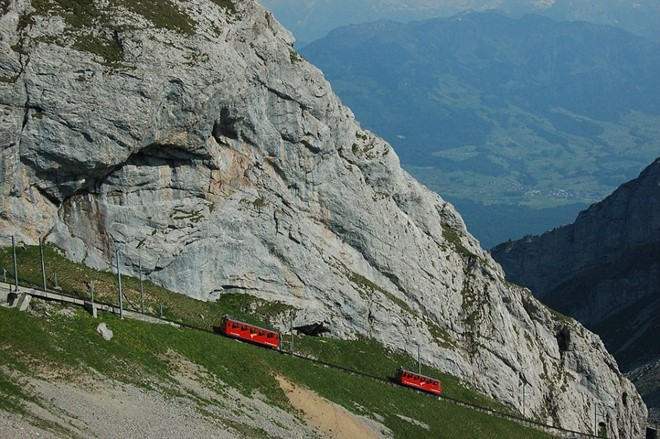
This route was proposed by Eduard Locher engineer to be built in 1873, but this plan was not implemented then.
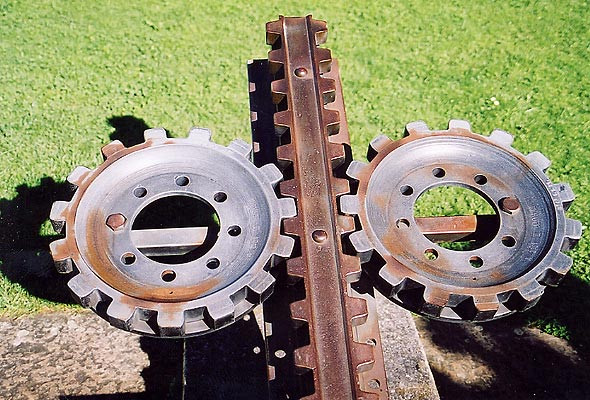
By 1886, after the newly invented railway and gear system prevented the ship's overturn, this project was just begun, with about 750 Swiss and Italian workers working together.(Photo: Roland Zumbuhl / Wikipedia).
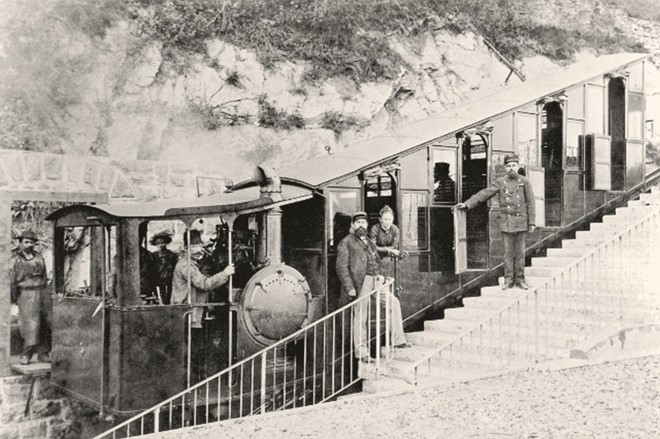
On June 4, 1889, the Pilatus railway was commissioned, initially using steam traction and in March 1937, using electric motors.
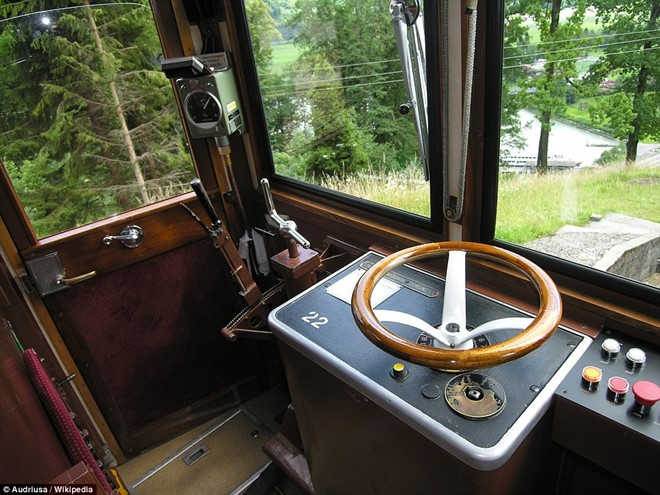
Engineer Eduard Locher designed the automatic braking system, preventing the train from running too fast when downhill, ensuring safety for passengers.(Photo: Audriusa / Wikipedia).
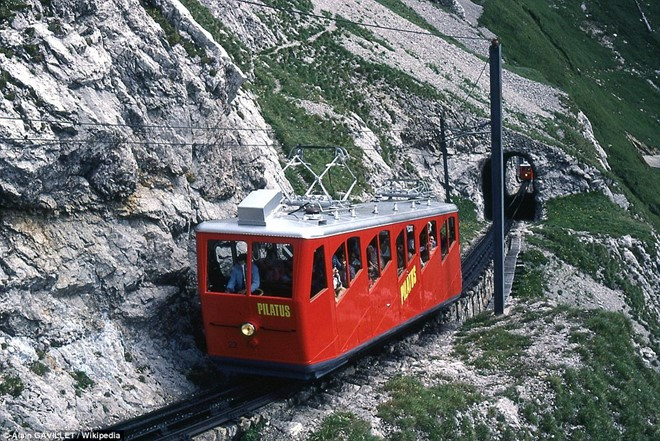
Today, the railway operates from May to November every year, with 10 cars.Each unit carries 40 people, each year receives about 300,000 visitors.There are many ways to go to the mountain, but many tourists still choose to follow this railway route as a great experience.(Photo: Alain Gavillet / Wikipedia).

Before that, each car had to take 30 minutes to go up, 40 minutes to go down, to move at a speed of about 9km / h, now the time is only half.(Photo: Flickr / jeaneeem).

One of the first two cars is currently on display at the Deutsches Museum in Munich, Germany, the world's largest museum of science and technology.(Photo: Henning Scholottmann / Wikipedia).
- Switzerland launches the world's steepest railway
- Flying along the first elevated railway line is about to run
- Experience the first real elevated railway station in Vietnam
- The first train and model station of Cat Linh - Ha Dong railway
- The title of the world's steepest road changed owners
- Photos: High-altitude railway train
- Baldwin - The steepest street on the planet
- India prepares to build the highest railway in the world
- What is the difference between the urban railway in Hanoi and Saigon?
- Close up of the first urban railway train in Hanoi
- Close inside of Cat Linh - Ha Dong railway before the test run
- Video: Experience 3D railway route through the center of Hanoi
 The 11 most unique public toilets in the world
The 11 most unique public toilets in the world Explore the ghost town in Namibia
Explore the ghost town in Namibia Rare historical moments are 'colored', giving us a clearer view of the past
Rare historical moments are 'colored', giving us a clearer view of the past The world famous ghost ship
The world famous ghost ship